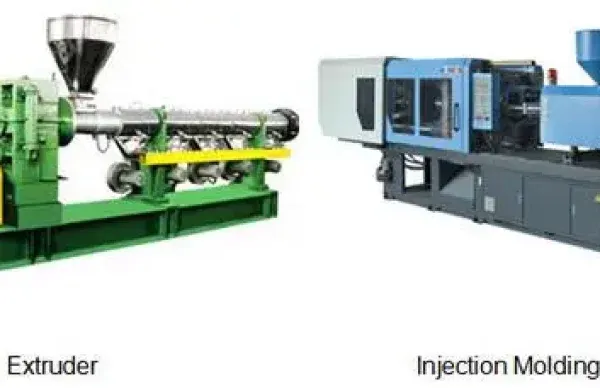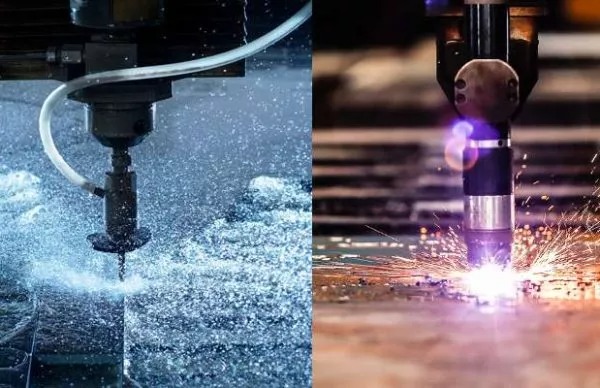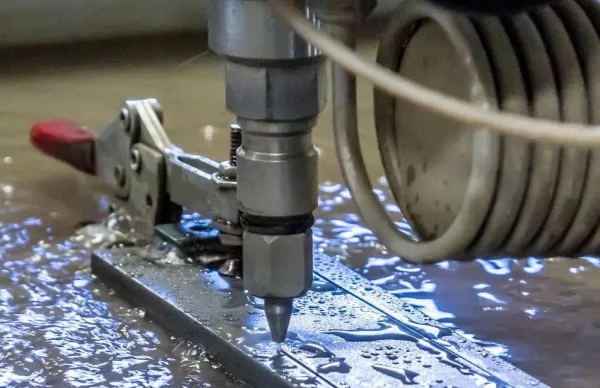Vacuum casting, also known as urethane casting or polyurethane casting is a versatile manufacturing process primarily used for highly accurate and detailed prototypes or parts in small batches. It involves pouring liquid material into a silicone mold under vacuum. Then, the material fills the mold without air bubbles or defects. Moreover, you have many vacuum casting materials options to choose from. It facilitates the best-fit material resin according to the desired properties and functionalities in the final part.
The popular vacuum casting resins are ABS-like resins, PC-like resins, PPMA, and soft rubbers. Each of these resins offers unique properties and benefits for vacuum cast parts. This article will discuss the various resins to guide you through vacuum casting material selection.
material selection.
Significance of Material Selection in Vacuum Casting

The properties of final vacuum casting products directly depend on the raw material you choose at first. It influences the functionality, aesthetics, and durability of the casting part. The reason is that different materials offer varying degrees of flexibility, strength, hardness, appearance, heat resistance, and optical clarity.
Here are the significances of material selection in vacuum casting;
Performance and Durability
The material choice significantly impacts the performance and longevity of vacuum-casted parts. For example, materials with high tensile strength and heat resistance are essential for components exposed to stress and high temperatures. Conversely, applications requiring flexibility and impact resistance benefit from softer materials.
Aesthetics and Finish
Another significance is aesthetics and finish. The flow characteristics of the chosen material decide the finish quality. It will result in a fine and superior finish if the molten material flows smoothly inside the cavity.
Furthermore, it is crucial for prototypes and high-quality parts where visual appeal is as important as functionality, such as consumer electronics and high-end automotive components.
Cost of Vacuum Casting Project
The raw material cost takes a large share of the overall vacuum casting cost. Therefore, how expensive the chosen material affects how cost-effective the project will be.
Some materials offer a more economical solution without compromising quality, making them ideal for prototypes and small production runs. Additionally, the choice of material can affect the mold’s lifespan, directly impacting the overall cost of production.
Compatibility with Application Requirements
The material you select must align with the specific requirements of the intended application. For instance, medical devices demand biocompatible materials, and outdoor applications may require UV-resistant materials. Additionally, application requirements also involve production scale as some materials could take a long time to process and make mass production unfeasible. Nevertheless, there are several reasons to use vacuum casting for rapid prototyping, regardless of any cycle-time limitations.
Types of Materials Used in Vacuum Casting
Since we understand the significance, let’s elaborate on typical vacuum casting materials. So, you can make the decision based on which one suits your requirements.






